
18 Jan 2008

The Kautokeino Rebellion
Religious and cultural reawakening inspires rebellion in a 19th century Norwegian village.
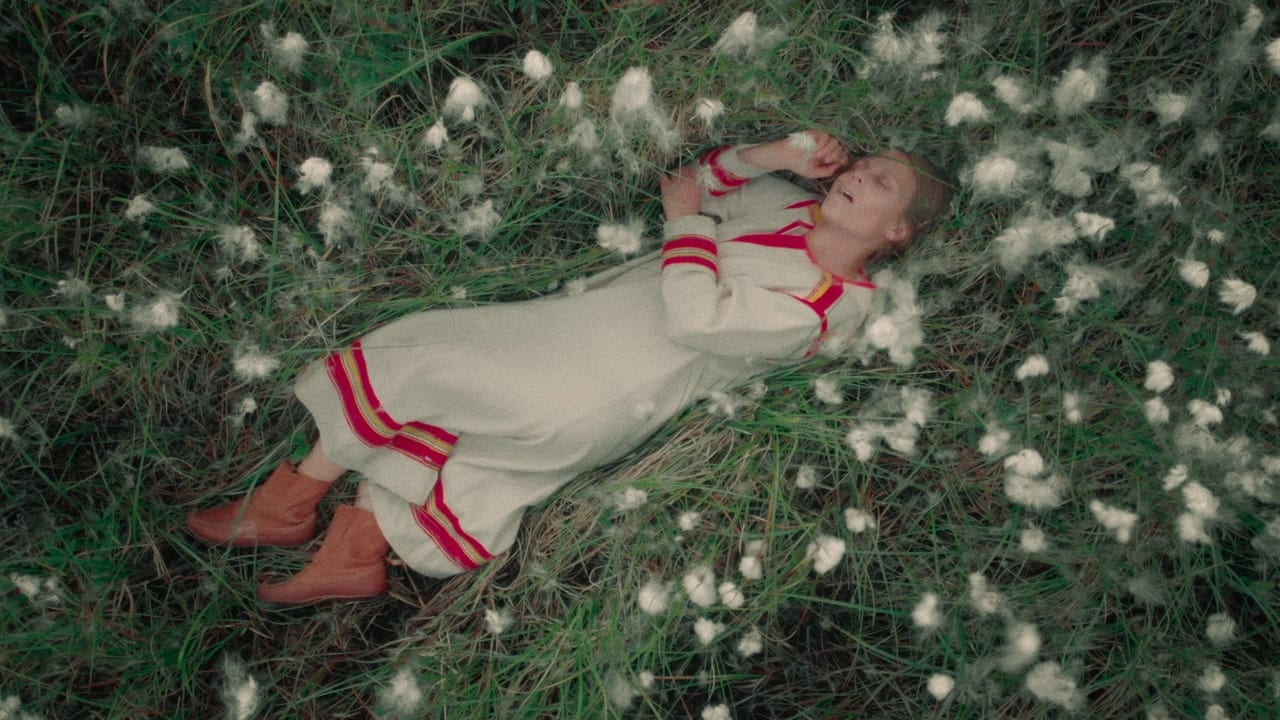
The year was 1916, we follow Sire’s everyday life, until her final moments. We are a part of her little world and get to see how big that little world can be. How rich it’s in emotions, sounds and memories. Sire reminds us of life, not death. She was my Máttaráhkku, great-grandmother, and my grandfather was 10.

Sire
Elle

Husband
Heikka

18 Jan 2008

Religious and cultural reawakening inspires rebellion in a 19th century Norwegian village.

03 Oct 1957

The movie takes place during World War II and depicts the true story of Jan Baalsruds amazing escape from the German army from the coast of Northern Norway and across the border to the neutral country Sweden.

28 Mar 2025

When Mats' grandfather dies the family opens a wooden box containing evidence of the family's Sami heritage. Why has this been kept secret? Why did they stop being Sami? And why do they know so little about their history?
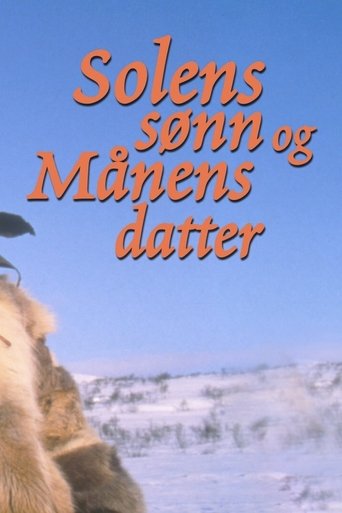
18 Apr 1993

Birte from Aursfjord, a strong-willed young woman with extraordinary psychic abilities, falls in love with a Sámi, but is forced to marry a local man.

20 Oct 2023

Iida, an elderly Sámi woman, who has abandoned her roots under the pressure of forced Finnishization, is conflicted between selling her old homestead and hiding her cultural heritage from her niece, as the rural way of life she has suppressed begins to creep back in.
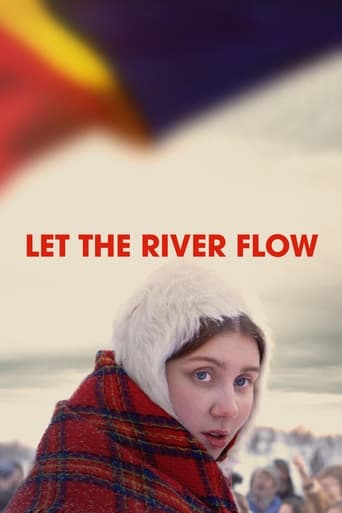
03 Feb 2023

During summer 1979, Ester moves to Alta in Northern Norway to begin teaching at an elementary school. Like many Sámi at the time, she is ashamed of her heritage and conceals her ethnicity. Ester goes to great lengths to fit in, even joining in with the derogatory jokes. When her cousin Mikkhal takes her to a camp by the Alta River, where people are demonstrating against the building of a dam, Ester learns how the fight for the river is also a revolt against the years of brutal racism and discrimination against her people. After a major confrontation with the police, Mikkhal and some other Sámi decide to go to Oslo to hunger strike in front of the Parliament. Knowing what is at stake, Ester realises it is time to make a stand…
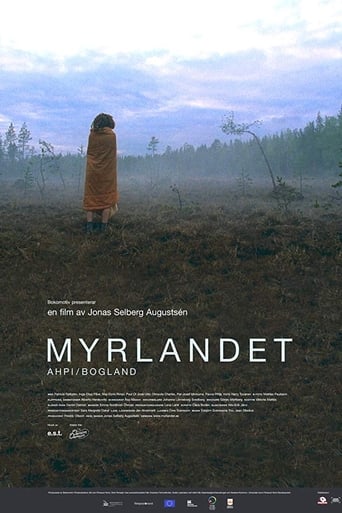
29 Jan 2011

Why are gooseberries so much more valuable than deer trees and why did the Sami men lay naked on the marsh in the past? How do you respond to a mock execution and what is actually panic attack? Ella and Moa are two girls with more questions than answers and during a summer night they approach a little cautiously of their Sami origin. —Jonas Selberg Augustsén
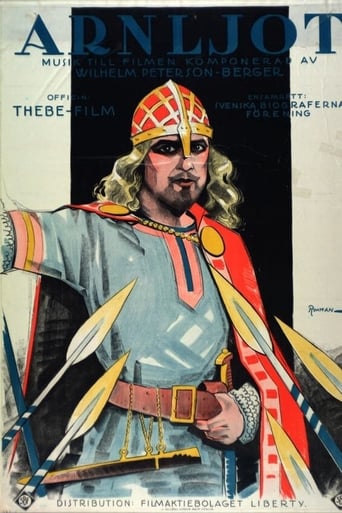
10 Jan 1927

The year is 1025 and Arnljot Sunvisson has returned home after a long journey to find that his betrothed has married another.
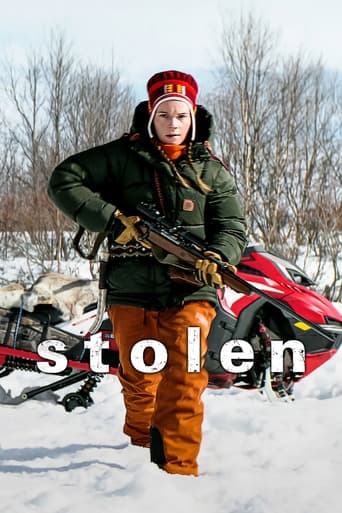
12 Apr 2024

A young woman struggles to defend her Sámi heritage in a world where xenophobia is on the rise, climate change is threatening reindeer herding, and young people choose suicide in the face of collective desperation.

11 Apr 2025

Elvira, a confident Sámi teenager, firmly believes that her lesbian single mother conceived her at a Danish fertility clinic. She often daydreams about her father, envisioning him as a charismatic movie star. However, her world is turned upside down when her real biological father unexpectedly steps into her life.
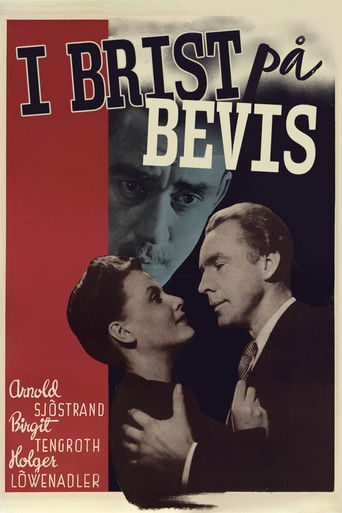
12 Jan 1943

A drama about the manager Håkan Dahlin who has just been discharged from a clinic where he was treated for his alcoholism. In an outbreak of jealousy, Dahlin abuses his wife Inga and after that he is forcibly interned again. Inga is a nurse and she is now moving to a mountain village to work at a district clinic. During an emergency visit, she encounters her childhood sweetheart, the doctor Gunnar, and old feelings between them begin to flare up again.
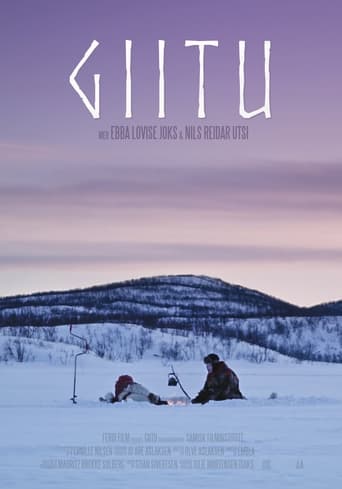
18 Jan 2018

A woman returns home to her father and childhood home, after being gone for over 20 years. Her purpose for the visit is to deliver the message that her fathers former wife has passed away.

02 Mar 2020

An essay film about how it may feel to grow up as a young Sami in Sweden, with poetry written by Ella-Maria Nutti and graphics by Irma Bergdahl. The partying of a typical teenager together with the labels put on you that wont go away, the questions which are thrown on you as knives in the back. A tribute to our ancestors who fought for our rights and a declaration of love to the young Samis who continues to fight

24 Mar 2023

The documentary Rap and Reindeer follows the life of 18-year-old Sámi rapper Mihkku Laiti, who lives in the northernmost corner of Sámiland. The film is a coming-of-age story, following Mihku on his journey towards a career as a musician and rise to stardom in the midst of varying expectations. He’s charmed the crowd on Talent Suomi and proudly wears the Sámi clothing he has styled himself. He raps and yoiks in harmony, designs his own brand on his computer but also masters the skill of laborious reindeer herding. Above all, he sees his own unique roots and the Sámi language as his greatest strength. The future makes him wonder: to follow his father’s footsteps or to reach for his dreams.

05 Nov 2022

Two parallel stories are gradually unfolding the everyday life of two very different persons - that of 86-year-old Sara and 7-year-old Mihka - both residing in Guovdageaidnu - Kautokeino, in the middle of the Norwegian arctic tundra, through the drastic change of the arctic seasons and the passage from the long winter’s darkness to the never-ending light of the summer season.
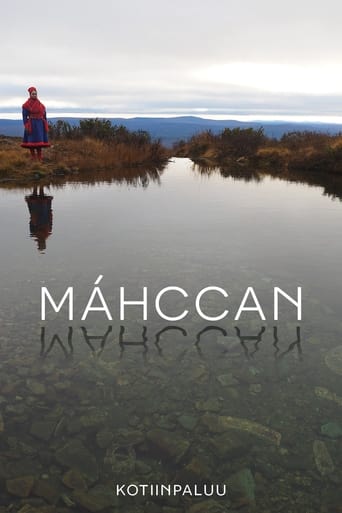
08 Sep 2023

Sámi artefacts from the Finnish National Museum are returning home to Sápmi, while the holy drums of the Sámi people are still imprisoned in the basements of museums across Europe. The returning objects symbolise the dignity, identity, history, connection to ancestors and a whole world view that was taken from the Sámi people. Director Suvi West takes the viewer behind the scenes of the museum world to reflect on the spirit of the objects, the inequality of cultures and the colonialist burden of museums.
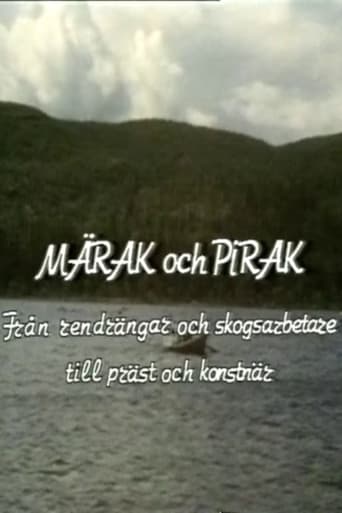
23 Oct 1994

Documentary about the priest and joiker Johan Märak and the artist Lars Pirak, and their friendship.
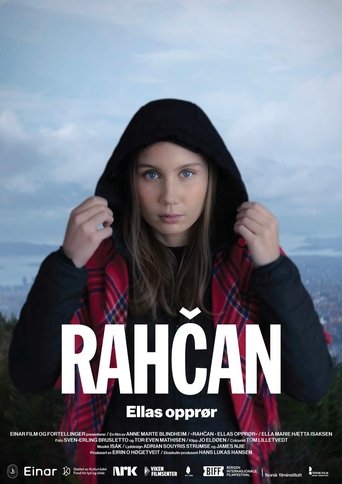
16 Mar 2023

Love, music, Sami identity and environmental activism go hand in hand in this inspiring tale of young singer Ella and her fight against the mining company that threatens her Sami heritage.
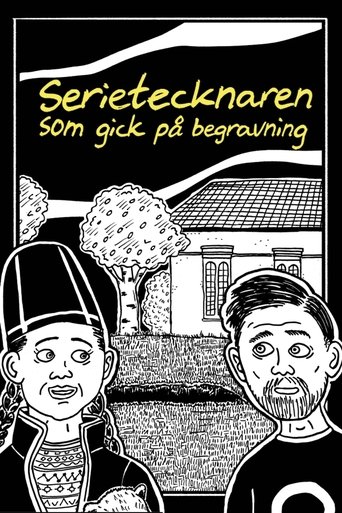
29 May 2025

A documentary about Sami comic artist Mats Jonsson and his relative Stor-Stina. Her remains were long believed to have been lost in a fire but were recently found and returned to her home town of Malå to be buried.
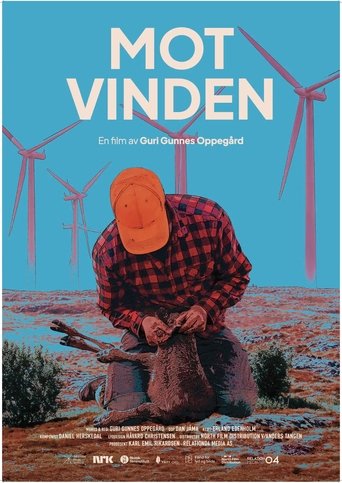
15 Sep 2025

No overview found